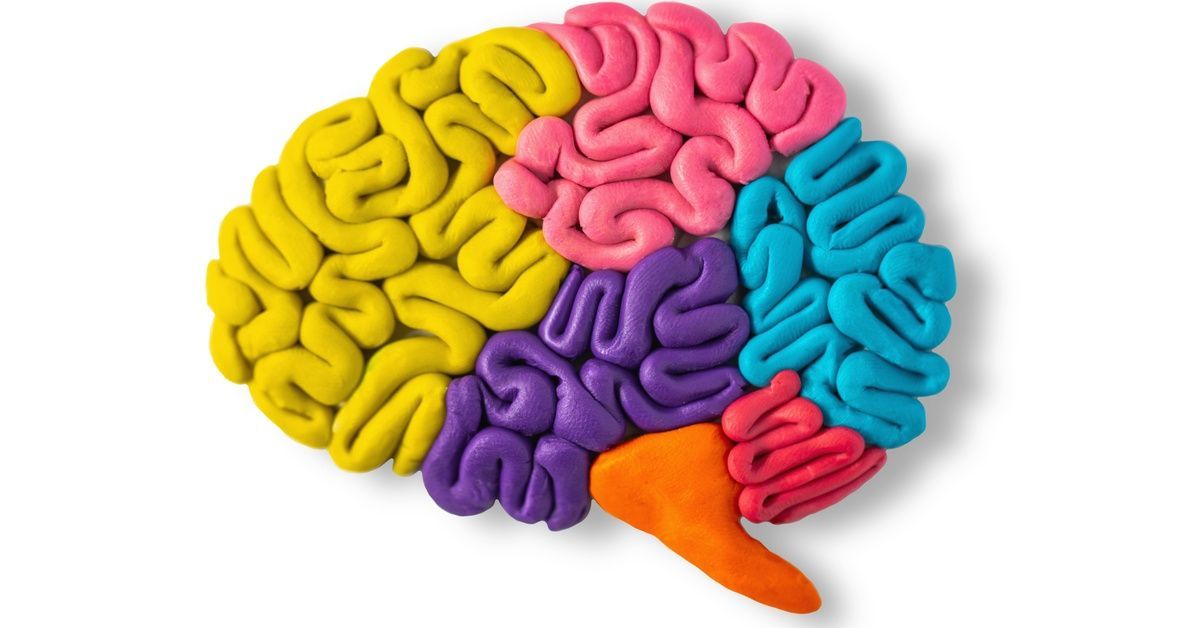How a Child's Age Impacts ABA Therapy Strategies
Parents often wonder when to start ABA therapy and how their child's developmental stage affects treatment strategies. The truth is that age plays a crucial role in shaping every aspect of Applied Behavior Analysis, from the techniques therapists use to the goals families work toward together.
Understanding how a child's age impacts ABA therapy strategies helps families make informed decisions about their child's care. Each developmental stage brings unique opportunities and challenges that skilled therapists address through carefully tailored approaches. While every child develops at their own pace, recognizing age-related patterns allows therapy teams to maximize learning potential and build meaningful skills that last a lifetime.
The strategies that work beautifully for a three-year-old child learning to communicate basic needs look completely different from those designed for an eight-year-old child navigating classroom friendships. This individualized approach ensures that therapy remains relevant, engaging, and effective as children grow and their needs evolve.
Understanding ABA Therapy for Kids
ABA therapy for kids uses a scientific, evidence-based approach to help children with autism build essential life skills across all environments. Therapists break down complex behaviors into smaller, manageable steps, guiding children through them with structured practice and consistent support.
Positive reinforcement encourages helpful behaviors and teaches new ways to handle challenging situations. Through ABA, children strengthen their communication, social interaction, and daily living skills, leading to greater independence and improved quality of life.
A child’s developmental stage plays a key role in how they learn and grow. Toddlers form neural connections rapidly, making early intervention especially effective. Older children bring different cognitive and social abilities that require adjusted strategies.
Early Intervention (Ages 2–4)
The early years offer a powerful window for growth. ABA therapy at this age focuses on building foundational skills that support long-term success.
The Power of Starting Young
Early intervention takes advantage of the brain’s rapid development. Children who begin ABA therapy during this stage often gain stronger communication, social, and self-help skills that carry into later childhood.
Focus Areas for Young Children
Therapists prioritize basic communication using gestures, words, or visuals to express needs. Children also develop joint attention, follow directions, and begin routines like toilet training and eating independently.
Age-Appropriate Strategies
Sessions often take place in natural settings, using play-based learning with their favorite toys or activities. Parent coaching is key, helping families continue skill-building throughout the day in real-life moments outside of the therapy setting.
Preschool and Kindergarten Age (Ages 4–6)
As children approach school age, ABA therapy begins focusing on classroom readiness, peer interactions, and emotional regulation.
New Skills, New Settings
Therapists prepare children for group settings by targeting skills like following directions, transitioning between activities, and managing distractions. These goals help kids participate more successfully in structured environments like preschool or kindergarten.
Common ABA Goals in This Stage
Children build more advanced communication skills, such as asking questions, using full sentences, or refining alternative communication tools. Social skills like taking turns and working in groups become a priority, along with strategies for managing emotions and seeking help when needed.
Therapy Approaches That Work Well
Therapists use social stories and role-play to explain routines and expected behaviors. Visual schedules and token systems provide clear structure and motivation, helping children stay engaged and on track. These tools help children understand expectations, track their progress, and earn preferred activities or items through positive behavior choices.
Elementary School Years (Ages 6–10)

ABA therapy during the school years focuses on building independence, managing responsibilities, and strengthening social-emotional skills.
The Importance of School Readiness and Independence
School-aged children face increasingly complex academic and social demands that require refined ABA strategies. Therapy goals emphasize independence in classroom routines, homework completion, and peer relationships. Children learn to advocate for themselves and manage responsibilities with decreasing adult support.
The focus expands to include executive functioning skills such as organization, time management, and task completion. These abilities directly impact academic success and prepare children for greater independence as they mature.
Evolving Skill Development
Problem-solving and flexibility become central therapeutic targets during elementary years. Children practice generating solutions to common problems, adapting when plans change, and managing disappointment or frustration constructively. These cognitive skills support both academic learning and social relationships.
Peer relationships receive increased attention as friendships become more complex and meaningful. Children work on conversation skills, conflict resolution, and understanding social cues that help them navigate playground dynamics and classroom friendships.
Self-monitoring skills develop during this stage, allowing children to evaluate their own behavior and make adjustments independently. This metacognitive ability represents a significant step toward autonomy and self-advocacy.
Therapy Adjustments at This Age
Collaboration with schools and educators becomes crucial during elementary years. Therapists work closely with teachers to ensure consistency between home and school interventions while addressing specific classroom challenges that arise.
Structured sessions with clear routines and responsibilities mirror school expectations while providing intensive skill practice. Children learn to follow multi-step directions, complete assignments independently, and manage their materials and time effectively.
Adapting ABA Therapy as Your Child Grows

As children grow, ABA therapy must evolve to meet their changing needs and abilities.
Why Flexibility Is Key
Understanding how a child's age impacts ABA therapy strategies requires acknowledging that development occurs at different rates for different children. Regular assessments ensure that therapy goals remain challenging yet achievable as children's abilities and needs evolve over time.
Skilled therapists continuously adjust their approaches based on emerging skills, changing interests, and new environmental demands. This flexibility keeps therapy relevant and engaging while maintaining steady progress toward long-term goals.
Family-Centered Collaboration
Successful ABA therapy depends on strong partnerships between therapists and families throughout all developmental stages. Parents provide crucial insights about their child's preferences, challenges, and progress at home, while therapists offer expertise in behavioral strategies and skill development techniques.
Regular communication ensures that therapy strategies align with family values and real-world needs. This collaboration creates consistency across environments and helps children generalize skills more effectively.
Building Skills That Last a Lifetime
Age significantly influences every aspect of ABA therapy design and implementation. From the play-based approaches that engage toddlers to the structured skill-building sessions that prepare school-age children for independence, developmental considerations shape therapeutic success.
Families seeking support should remember that effective ABA therapy adapts continuously as children grow and develop. The strategies, goals, and techniques that serve a child well at one stage will evolve to meet new challenges and opportunities at the next developmental level.
Quality ABA therapy provides meaningful, individualized support regardless of when children begin services. Whether starting during the critical early years or addressing emerging needs throughout their schooling, skilled therapists can design effective interventions that honor each child's unique developmental journey while building essential skills for lifelong success.






